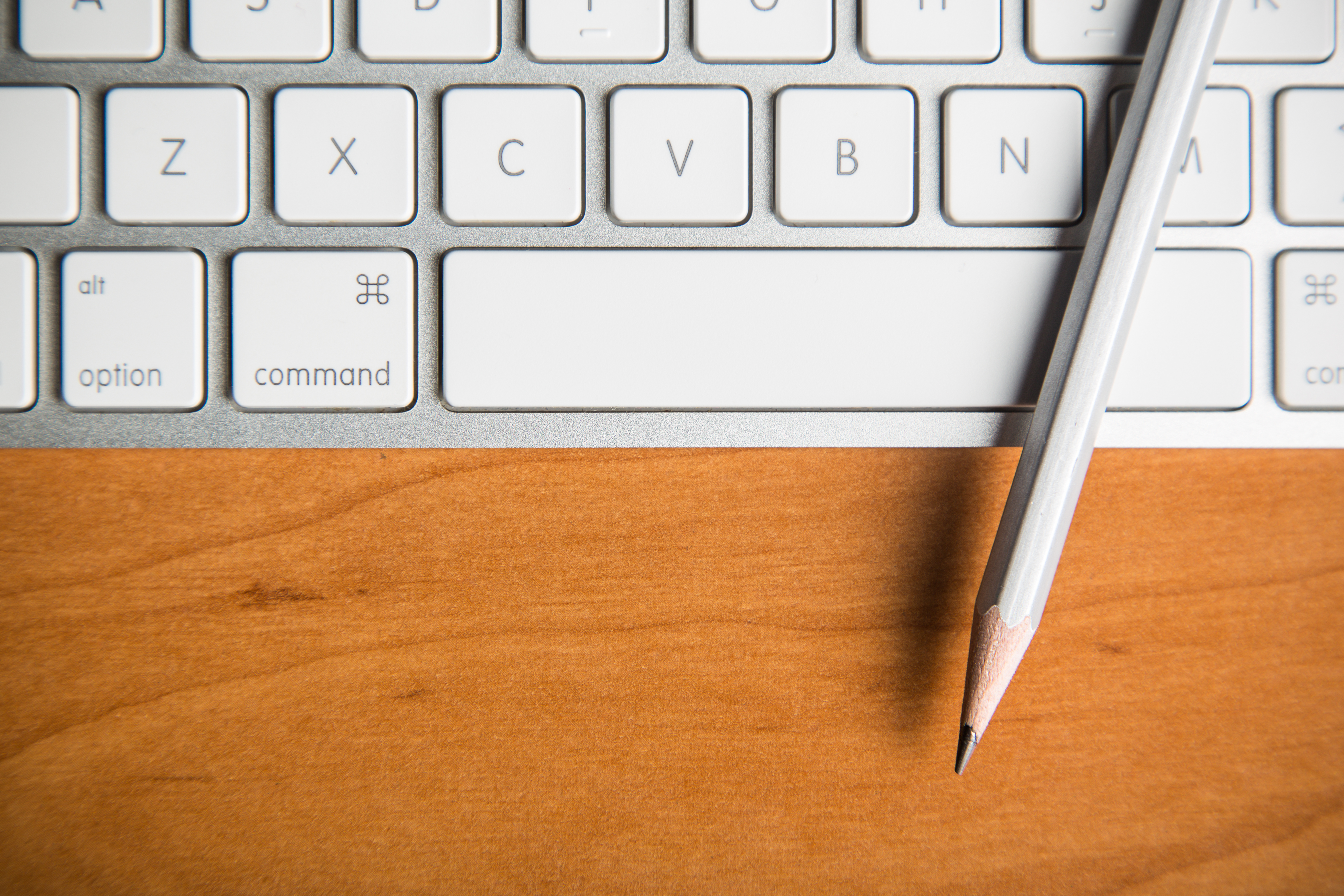If you want to photograph your business or get some new images of the exterior of your organization for your website and marketing materials, the weather can post a bit of a challenge.
Here in Michigan you’ve got a few great months where everything is green and colorful, then there’s the barrage of several months filled with ugly dreariness. Most business owners avoid shooting photos during this time – especially in real estate related businesses – because they feel the winter weather takes away from the experience they want to portray.
When handled right, winter photos can add a lot to the attraction of your business. Hey – we’re all Michiganders. We know it snows. You don’t have to hide the fact that it does from other locals.
With winter and snowy conditions, we have a chance to think outside the box and get extra visual marketing material for print, digital and social media like Facebook and Pinterest.
If you want to take some great photos in the winter, here are some tips to get better shots for personal or business use.
Snapping in a Winter Wonderland
Quite often people leave their cameras on the automatic setting. When you take pictures outside in the snow, your camera usually wants to set your aperture at f8 or f11. If you are photographing a single person or need only one object in focus, set your camera to manual and change your aperture to f5.6 or less. By doing so, you will create a softer background and foreground because you are allowing more light to come through the lens, which in turn allows for a faster shutter speed and sharper images.
This unique look works well also when shooting in direct sunlight, because again our cameras like to automatically set our apertures to f8 or higher. In brightly lit conditions, forcing your f stop to open up by setting it to a smaller number may reward you by giving your photos a slightly surreal feel.
For point-and-shooters, the brightness of the snow often causes your digital camera to slightly underexpose the scene, making snow appear gray (ugh!). By increasing your exposure compensation, the whiteness of the snow can be accurately captured.
The basic idea is to have the brightest areas of snow or ice appear white, but with a trace of detail. Very small areas can be blank white, but large areas should have some texture and detail.
The usual way of dealing with snow and sun is to use Exposure Compensation. Most digital cameras, when placed in Programmed Auto mode, will allow you to shift the EV (Exposure Value) up or down by 2 points.
Note: Avoid using flash when shooting close-up or macro shots with a bright background. The reflection will greatly reduce any detail in your image and can cause distracting hotspots.
Many digital cameras have what is called “fill flash.” This type of flash works well in winter scenes, as it’s designed to “fill” shadows and backlit subjects.
When to Shoot the Best Photos during Great Lakes Winters
One of the best times to shoot in the winter is after a weather event. From a simple frost to a full-fledged blizzard, the aftermath can allow you to produce stunning photography. Subjects that were once mundane are now incredible, such as ice-covered branches or high, sculpted snow drifts. These shots are also wonderful documentary pieces when you’re looking through your images in the middle of July.
The time of day can have a dramatic effect on your images, especially when you’re taking shots of your business in snow. The early morning and later afternoon hours will provide warm, pastel tones, while the bright light of midday offers cooler and more neutral tones. If you’re looking for color in your photography, avoid the middle of the day and use the warm light of dawn and dusk to your advantage.
The Trouble with Winter (besides freezing your pants off)
Shooting outdoors in winter can pose other challenges: Cold temperatures can tax your battery life, while condensation can form on your camera.
If you can afford an extra battery for your camera, get one and keep it tucked inside your warm coat. If you have just one battery, get in to the habit of always recharging it at night. If your camera takes AA batteries, try to use rechargeable ones. It’s a bit of an investment to begin with, but will save you money in the long run when you start shooting more photos throughout the year for use in social media.
When bringing a cold camera inside to a warm environment, allow time for the equipment to warm up before taking more photographs. Otherwise you’ll be dealing with condensation, frosted lenses and blurry images.
One last tip for winter shooting: Enjoy the snow! Use only the snow as your background. Shooting down to the ground from up on a step stool allows for a blank white canvas on which you can experiment with color and textures.
You can also show off the fun personality of your staff by snapping pics of everyone decorating for the holidays, playing in the snow, writing sales promos on frosty windows and more. Use your best shots for marketing material and the website, and use those less-than-spectacular pictures for some of your social media campaigns… or just to post up inside your business.







